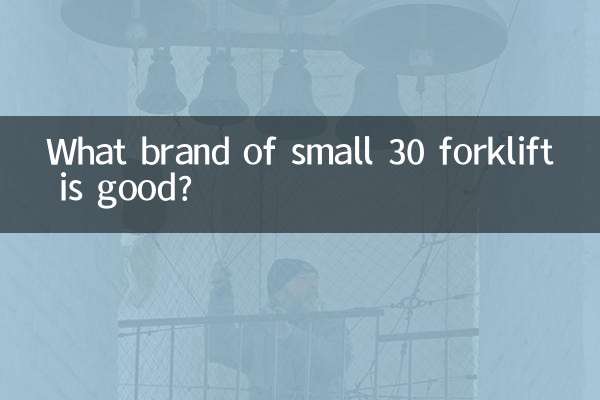What is a hydraulic tank
The hydraulic oil tank is an indispensable component of the hydraulic system. It is mainly used to store hydraulic oil, dissipate heat, precipitate impurities, and separate air from the oil. It is widely used in engineering machinery, aerospace, industrial equipment and other fields, and is a key component to ensure the stable operation of hydraulic systems. This article will combine the hot topics and hot content on the Internet in the past 10 days to give you a detailed introduction to the functions, types, purchase points and market trends of hydraulic oil tanks.
1. Function of hydraulic oil tank

The main functions of the hydraulic tank include:
| Function | illustrate |
|---|---|
| oil storage | Provide sufficient oil to the hydraulic system to ensure normal operation of the system. |
| Heat dissipation | Reduce oil temperature via tank surface or additional radiator to prevent system overheating. |
| precipitated impurities | The solid particles in the oil settle to the bottom by gravity. |
| Separate air | The design allows bubbles in the oil to escape to avoid cavitation. |
2. Types of hydraulic oil tanks
According to structure and purpose, hydraulic oil tanks can be divided into the following categories:
| type | Features | Application scenarios |
|---|---|---|
| open fuel tank | It is connected to the atmosphere, has simple structure and low cost. | General construction machinery and agricultural equipment. |
| closed fuel tank | Sealed design, filled with inert gas inside to prevent oxidation. | Aerospace, high-precision machine tools. |
| Pressure tank | The pressure in the fuel tank is maintained through a pressurizing device to improve fuel supply efficiency. | High-pressure hydraulic systems, special vehicles. |
3. Key points for purchasing hydraulic oil tanks
When purchasing a hydraulic tank, you need to consider the following factors:
| factor | illustrate |
|---|---|
| capacity | Select the appropriate capacity according to the needs of the hydraulic system, usually 3-5 times the pump flow rate. |
| Material | Common materials include carbon steel, stainless steel, and aluminum alloy, which need to be selected according to the environment. |
| Thermal performance | In high-temperature environments, it is necessary to choose a fuel tank with a heat sink or additional cooling device. |
| cleanliness | The interior must be smooth and without dead corners to facilitate cleaning and prevent the accumulation of impurities. |
4. Market trends of hydraulic oil tanks
According to industry hot data in the past 10 days, the hydraulic tank market shows the following trends:
| trend | Data performance |
|---|---|
| Lightweight design | The search volume of aluminum alloy fuel tanks increased by 15% year-on-year, becoming the new favorite of construction machinery. |
| Intelligent monitoring | Attention to fuel tank products with oil level and temperature sensors increased by 20%. |
| Environmental protection needs | The amount of discussion on biodegradable hydraulic oil supporting tanks increased by 30%. |
| Integrated solution | The integrated design of the fuel tank and pump station became a hot topic at the exhibition. |
5. Maintenance of hydraulic oil tank
In order to ensure the long-term stable operation of the hydraulic oil tank, the following maintenance matters need to be paid attention to:
| maintenance items | cycle | Operational points |
|---|---|---|
| Oil replacement | Every 2000 hours or according to manufacturer’s requirements | Clean the fuel tank thoroughly and replace the filter element. |
| Oil level check | daily | Keep oil level within calibration range. |
| Cleaning inspection | weekly | Remove dust from the surface and check for tightness. |
| System exhaust | After every oil change | Remove the air from the oil line. |
Conclusion
As the "heart" of the hydraulic system, the performance of the hydraulic tank directly affects the operating efficiency and service life of the entire system. With technological advancement and changes in market demand, hydraulic oil tanks are developing in the direction of lightweight, intelligent, and environmentally friendly. Users should fully understand their characteristics and maintenance requirements when selecting and using them to ensure optimal performance of the system. Through the structured data display in this article, I hope it can help you comprehensively master the relevant knowledge of hydraulic oil tanks.

check the details

check the details